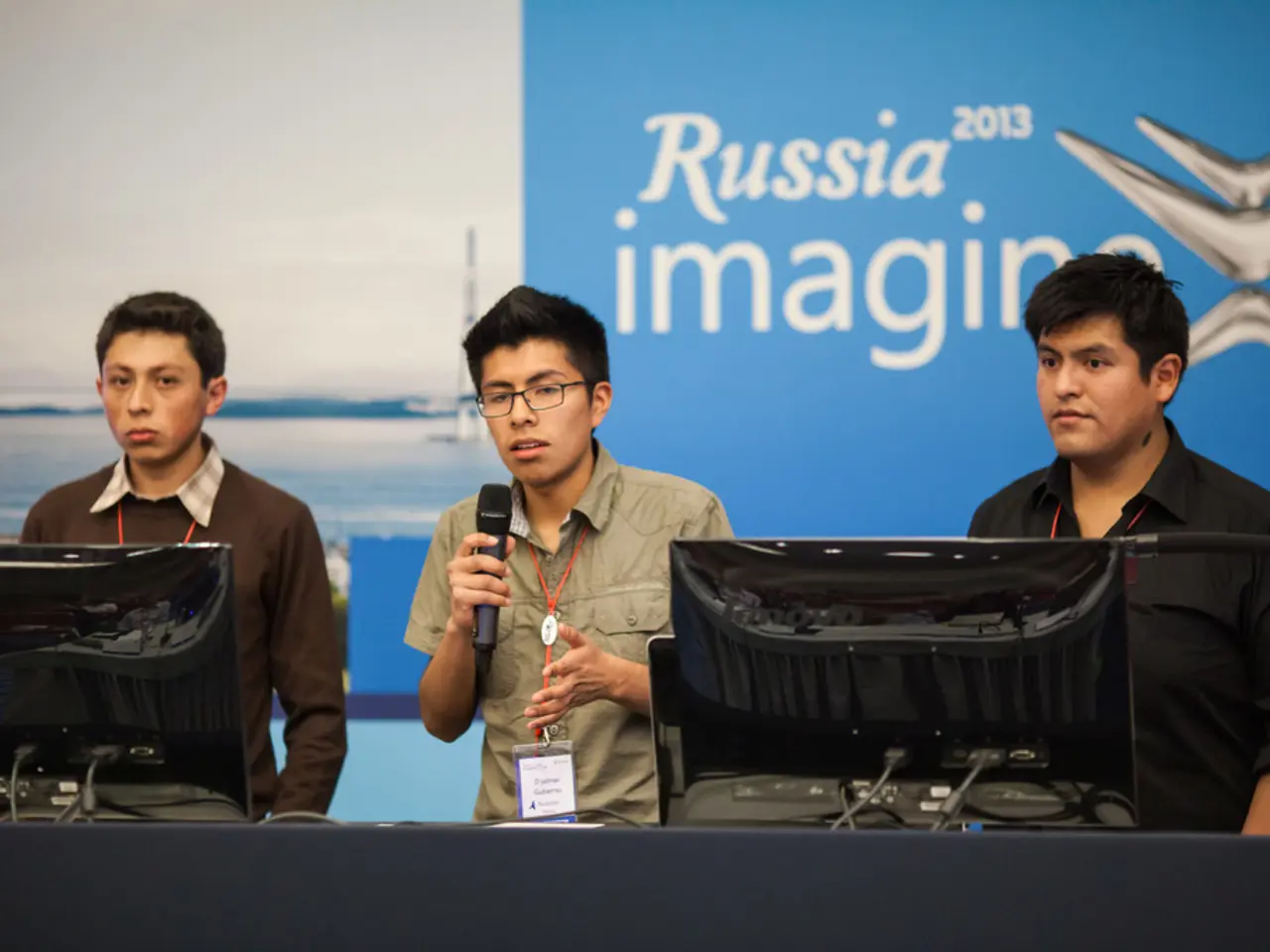Emerging powerhouses: Exploring the surge of female sports stars hailing from South Korea
In the world of women's golf, South Korea has established itself as a formidable force. This dominance didn't happen overnight; it's the result of a well-established ecosystem that nurtures talent, provides high-level competition, and instills a unique national mindset.
The breakthrough moment came in 1998 when Seri Pak, a South Korean golfer, emerged as a global star by winning five majors on the LPGA Tour. Her success inspired a nationwide surge of interest and investment in women's golf, leading to increased media coverage, parental support, and institutional backing for youth development programs in golf.
Key factors contributing to South Korea's success include structured junior development programs that identify and nurture talent from a young age. The competitive domestic KLPGA Tour provides high-level competition that prepares players for international success. South Korean culture's emphasis on discipline, hard work, and resilience has shaped a strong mindset among players.
Long-term and systemic investment by sponsors and institutions, stemming from the inspiration generated by players like Seri Pak and subsequent champions, has been instrumental in South Korea's rise. The presence of many South Korean players among the top-ranked women golfers globally, such as 13 of the top 50 in the Rolex Women’s World Golf Rankings, surpassing even the United States, is a testament to this investment.
South Korean women golfers have achieved landmark victories in major tournaments regularly. Jiyai Shin's dominant AIG Women’s Open wins and Jeong Jang's 2005 major victory are just a few examples that highlight the sustained level of elite performance.
Sponsors, parents, and institutions in South Korea have invested in junior golf development and supported a new generation of golfers. With over 5,000 GolfZon venues in South Korea and approximately 800 golf facilities, there are plenty of opportunities for young players to hone their skills. Korean corporations have also played a pivotal role in golf, branding top Korean players with homegrown sponsors and reinforcing golf as a thing of national pride.
In conclusion, South Korea's dominance in elite golf is a result of systemic development, long-term investment, and a unique national mindset. The country's grip on the women's game may have loosened slightly with the rise of Japanese, Chinese, and Thai players, but its foundation remains unmatched. The pipeline remains strong for South Korean golf, continuing to inspire a generation and help reshape the global women's game.
Career in sports, particularly golf, has been significantly impacted by South Korea's investment in its environment, marked by the presence of numerous golf facilities, such as GolfZon venues and over 800 golf courses. This focus on junior development has produced a new generation of players who are successful on an international level, as seen in the high number of South Korean players among the top-ranked women golfers globally.
The success story of South Korean golfers is deeply rooted in the country's culture, which values discipline, hard work, and resilience, traits that have been instrumental in shaping the mindset of players. The media coverage, parental support, and institutional backing for youth development programs have all contributed to the rise of South Korea in the world of golf.
The influence of South Korea in the sports world extends beyond golf, as the nation's approach to nurturing and promoting talent could potentially serve as a model for other sports and cultures to emulate, contributing to a more diverse and competitive sports landscape on a global scale.








